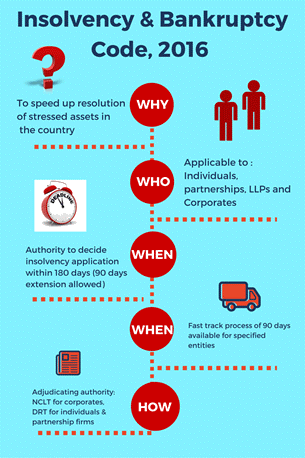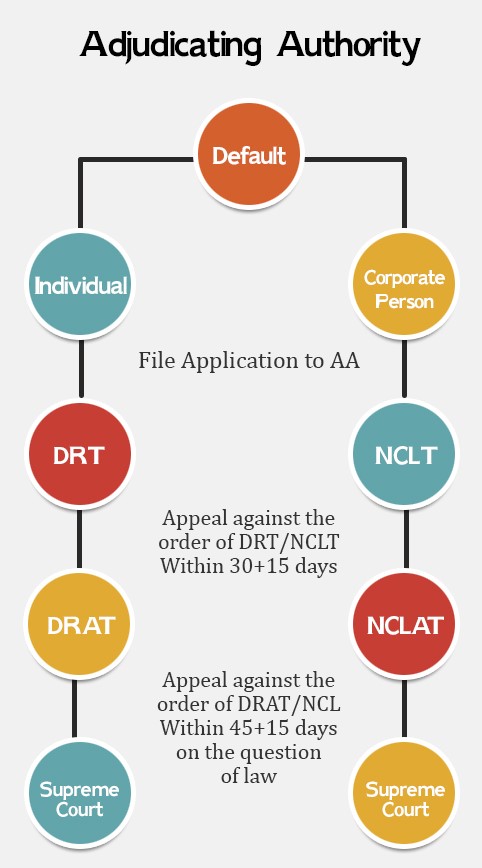Free Courses Sale ends Soon, Get It Now


Free Courses Sale ends Soon, Get It Now



Figure 1: No Copyright Infringement intended

Figure 2: No Copyright Infringement intended
© 2024 iasgyan. All right reserved